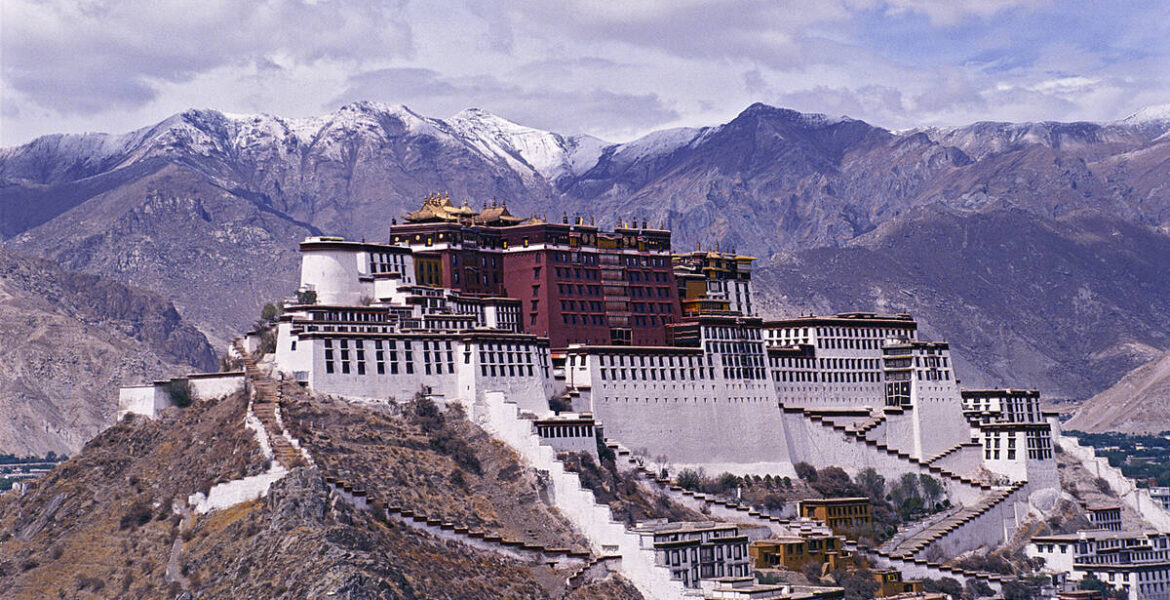Tibetan Buddhism has influenced Chinese Buddhism. Tibetan Buddhism is not a product of the Sinicization of Buddhism, but Chinese Buddhism is a product of the Tibetanization of Buddhism. Furthermore, not mentioning India when it comes to Tibetan Buddhism brings out people’s lack of understanding of Tibetan Buddhism as Tibetan Buddhism always regards India as the land of the noble ones because its Buddhism originated in India, reported Voices Against Autocracy (VOA).
The article is in response to an article titled “The process of Sinicization is the main line of the development of Tibetan Buddhism in History” by Solang Dolma, assistant researcher at the Institute of Religious Studies, China Tibetology Research Center.
The author states how Tibetan Buddhism was further integrated into Chinese culture by spreading to the northwest and continuously promoted the process of Sinicization but infact it was the other way around and the Chinese right from the emperor to the common people had to follow Tibetan Buddhism as it was the state religion in the eastern part of the Mongol Empire. More than Sinicization it was a Tibetanization over the deep-rooted form of Chinese Buddhism,reported Voices Against Autocracy (VOA).
The article was more or less brought to the fore to fuel and further promote President Xi Jinping’s Sinicization of Tibetan Buddhism. Though it is very much clear and evident to all of us how Tibetan Buddhism is only now (since the illegal occupation of Tibet by China) experiencing Sinicization of Tibetan Buddhism that too at an accelerated pace and complete disregard to the sentiments of the very people who practice and adhere Tibetan Buddhism. This article is just another example of the plethora of tools and utilities that the Communist Party of China uses to spread their propagandic narratives.
According to the article “The Sinicization of Tibetan Buddhism” is categorically divided into 6 different stages. Each one of them is filled with vague facts and does not even correlate historical events.
The author mentioned the first stage as the spread of Buddhism in Tibet in the 618-907 Tang Dynasty:During this period from 7th to 10th century, Buddhism was introduced and prospered in Tibet. This introduction and penetration of Buddhism in Tibet was from the Nalanda school in India,reported Voices Against Autocracy (VOA).
The Article then mentions localization of Buddhism during the 960-1127 Song Dynasty as the second stage.
Then the third stage when a relatively comprehensive integration between Tibetan Buddhism and Chinese Culture during the 1271-1368 Yuan Dynasty:
4. The Sinicization of Tibetan Buddhism continued to deepen during the 1368-1644 Ming and 1644-1911 Qing Dynasties:
The golden age of Tibetan Buddhism saw it spread far and wide to it neighbours. It penetrated China so deeply as the author mentions Tibetan Buddhist monasteries were established in Beijing, the capital of the Chinese Empire.
One example is how the Chinese Emperor Qinglong during his rule wanted the Panchen Lama to visit Beijing and grace the Tibetan Buddhist monasteries on his 70th birthday. This reverence shows how even the renowned Chinese emperor knew that it was Tibetan Buddhism that was the real medicine for him and his people. Yet another important event in history that the author intentionally omits.
Tibetan Buddhism was deeply rooted in Chinese culture during the period of the Republic of China, and Tibetan and Chinese civilization interacted and complemented each other.
The author mentions here of the ninth Panchen Lama and his role in promoting Tibetan Buddhism in China, but what he intentionally hides is the conflict of the Panchen Lama with the Tibetan Government led by the 13th Dalai Lama. After the founding of New China, Tibetan Buddhism opened a new chapter in Chinese history.


